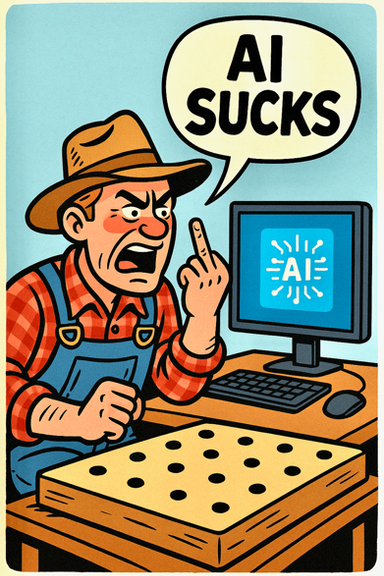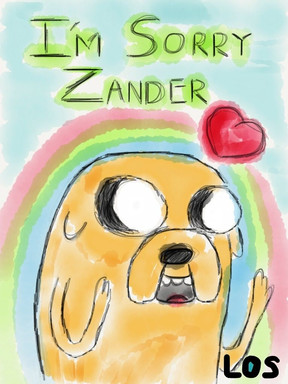HOME | DD
 gregor-kari — fast values
gregor-kari — fast values

Published: 2013-01-24 19:50:48 +0000 UTC; Views: 3558; Favourites: 81; Downloads: 55
Redirect to original
Description
I actually did this not for sharing, but it might be helpful... and a good repitition for myself.1.: lines
2.: diffuse. if you do it in color, you can use quite strong saturation here, because when you add light and shadow, the saturation will get back, unless you spend the time mixing the in-between colors.
3.: going in with hard brushes and high opacity but with penpressure. always picking the midtones and paint them over the unmeant edges.
4.: dropshadow.
5.: if you like softbrushes...: use them with lower opacity (i suggest 20-50%) to get some more refinement.
6.: darken the edges, where surface touches surface (ambient occlusion)
7.: highlights. here you can play around get some structure in.
8.: light reflection.
this technique can be used for several materials. you can play around by changing the rolloff of the shadow, the highlight...
Related content
Comments: 10

ambient occlusion... danke für die hinweise, werd mich mal herantasten. Hälts du eine greyscale-Basis mit anschließender Coloring für ein vertretbares vorgehen, oder sollte man das ganze direkt in den colorierungsprozess implementieren?
👍: 0 ⏩: 1

da ich auch ein paar sachen in 3d-programmen gemacht hab denk ich immer in renderpasses^^ (sowie die occlusion, die reflektion..). ich finds immer ganz praktisch, eines nach dem anderen drüberzu legen.
das mit der greyscale-basis mag und kann ich persönlich nicht allzusehr, aber das ist einfach geschmacksache. jede methode hat allerdings so ihre meister, glaub ich..^^
👍: 0 ⏩: 0

you are welcome! and thank you for the faves!
👍: 0 ⏩: 1

You're welcome! Your work is fantastic! (^_^)b
👍: 0 ⏩: 0































